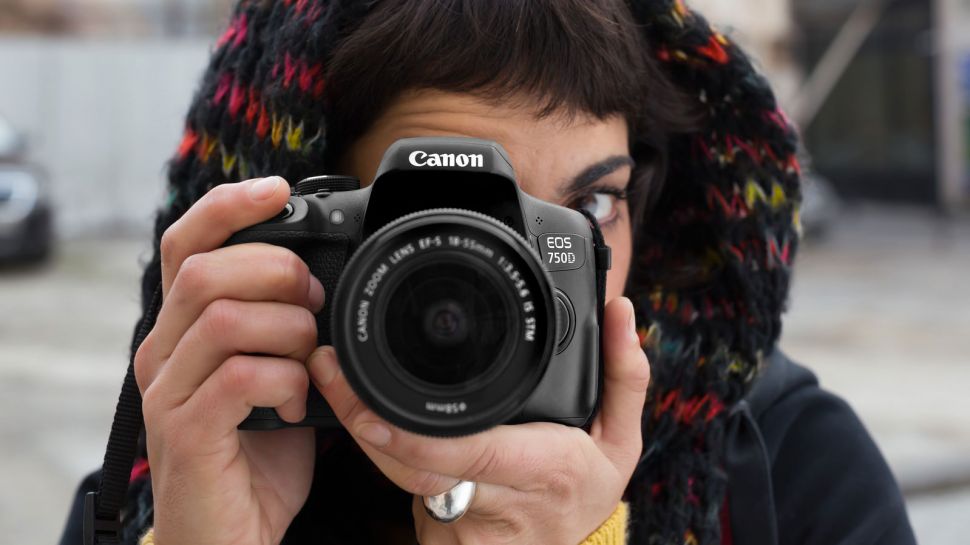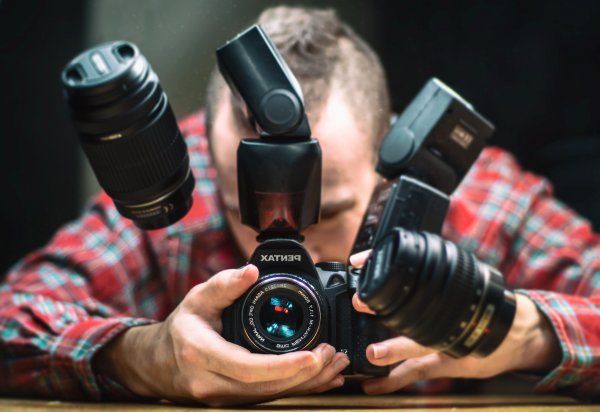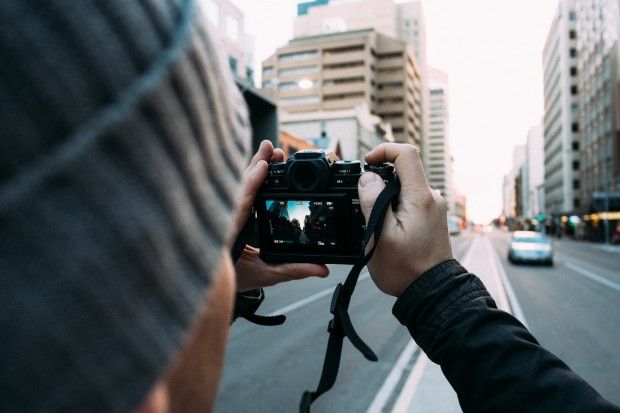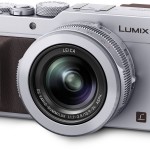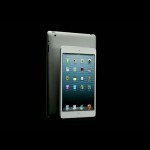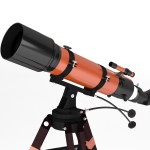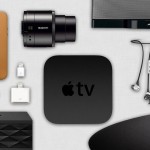
DSLR Buying Guide For Beginners
If you’re thinking to start photography as a serious hobby, you’re probably considering investing in a DSLR (acronym for Digital Single Lens Reflex). And you are right to choose so, most professionals and advanced hobbyists use a DSLR. This type of camera is not a point-and-shoot model, but rather makes use of an internal system that works with a mirror that reflects light to an electronic sensor/viewfinder. DSLRs also propose different lenses you can attach to the camera, which then allows you to play with focal lengths and quality. Here is a guide to help you make the best possible choice when buying your first DSLR.
First of all, as a beginner, you don’t need at this point to get the ultimate, top notch DSLR available in the market. Instead, you should focus on how you could get the best money to value ratio for a reasonable budget. Maybe you wonder why take a DSLR in the first place. Well, here are the advantages this type of camera provides:
Larger Photo-Sensitive Digital Sensor:
Bigger sensor means better image quality. People usually think megapixels and resolution are what indicate the quality of your photos, but taken alone, they don’t really mean much.
Interchangeable Lenses:
Point-and-shoot systems have recently emulated DSLR cameras and started proposing interchangeable lenses, but the latter is still the top-tier in the domain. Every major DSLR company produces their own lenses, and lesser known ones also come up with a good array of selections. Basically, DSLRs have the most complete range of lenses imaginable.
Viewfinder:
As already explained, instead of a point and shoot system, a DSLR camera collects the light from the lens, and reflects it with a mirror through the viewfinder. As a result, you get an almost perfect representation of what was being captured on the sensor.
Manual Controls:
DSLR are designed for a manual control. Unlike the point and shoot system where you can just modify settings, the DSLR’s larger sensor and higher ISO range (ability to capture light) allow for great control of the camera’s depth of field and a great aperture control precision.
Speed:
DSLRs are popular for the speed of their shutter and system. Quite useful when you need to capture that fleeting moment.
Let us see now the 4 different factors you should be looking for when buying a DSLR:
Image Quality:
This is the most important factor, yet it is also the most subjective one. Overall, the quality of the pictures depends on the size of the sensor, the quality of the lenses, and also the quality of the camera’s optics.
Features:
Aside from the standard set of features (manual control, speed…), what can set apart a DSLR camera from another are the set of features proposed such as automated features, variable ISO ranges, resolution, and autofocus points.
Design:
As an entry-level camera, the design is usually not really neglected, but is rather given secondary importance. There are cheaper cameras with plastic housing, while there are other with more solid material, metal notably, and others even claim to be weatherproof, to an extent.
Cost:
Naturally, the bigger your budget, the better the product will be. However, when it comes down to entry level DSLR cameras for beginners, the variation of prices is more because of the proposed set of features than because of the image quality which doesn’t vary significantly. Look more towards the quality of the lenses if you look to maximize the quality of your pictures.
Finally, let’s look at some of the models you can buy. There are of course the inevitable major brands: Canon, Nikon, and Sony. These three actually manufacture the best entry-level cameras you can find, at an affordable price; hence we’ll focus on presenting 3 models, one for each brand. There are however other companies that produce interesting DSLR cameras, such as Pentax, Leica, and Hasselblad. You can buy your camera online and get it delivered to you after a couple of days. Amazon, B&H Photo, and Adorama sell a wide array of cameras, and they are all popular trustworthy vendors.
1- Canon EOS Rebel T5i
The Canon Rebel T5i is a trademark of Canon brand’s mid-range line. It has improved sensors, numerous new features, and is built with solid materials. This little beast is an 18 megapixels camera with a 100 to 12800 ISO range that can expand even to 25600. In addition, it also disposes of a 3 inch Vari-angle Touchscreen LCD, a 9 AutoFocus cross points (AF), a 5 Frames Per Second (fps) continuous shooting speed, and up to a 1/4000 second shutter speed. Like recent cameras, the T5i also features HD video recording. A full kit comes with the 18-55 millimeters Image Stabilization (IS) zoom lens, but as a beginner, you might wanna change to the Canon EF-S 50mm f/1.8 to get a better, more solid build and get rid of recurrent chromatic problems with the standard kit. As a matter of fact, these particular issues apply to all standard kit lens, so keep it in mind when you’re buying your camera, even though the standard kit are overall, of a great but perfectible quality.
2- Nikon D3300
The D3300 has a dazzling 24 megapixels resolution to go along with a pretty solid carbon fiber built and 3 inch LCD screen. The ISO range gets up to 12800, expandable to 25600. The other important characteristics include 11 AF, 5 fps of continuous shooting, 1/4000 second shutter speed, and 1080p HD video recording. Much similar to Canon’s 18-55mm kit lens, the Nikon D3300 is sold with the Nikkor 18-55mm 5.6 VR II Lens.
3- Sony SLT-A58
Less popular than the two other brands when it comes to DSLR cameras, Sony nonetheless makes some sterling cameras with a more affordable price. In fact, it offers a 20.1 megapixels resolution, an ISO range of 16000, expandable to 25600, 15 AF, and a 2.7 inch LCD screen. While the series have been reputed for a short battery life, this problem has been addressed in the A58 model with fair success. Special mention to the quality and size of the viewfinder.

